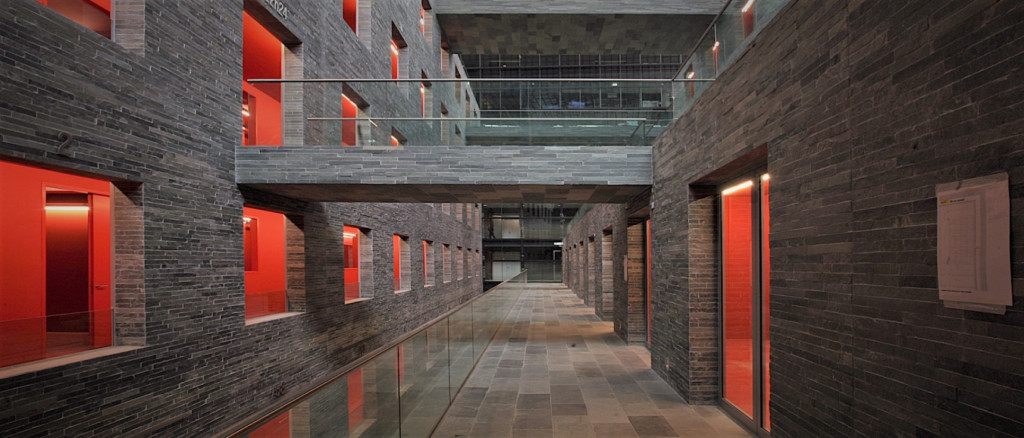Collection
How we use policy and selection criteria to build our collection, and developing collection knowledge at Sound & Vision.

To be able to form a collection, material must be acquired, selected and valued. Each of these processes requires a rational consideration. After all, most archives have to work with a limited budget. Users are demanding, and there are often many possible acquisitions to choose from. An established collection policy is then an important basis. This policy is geared to the purpose and function of the archive: is it a production archive, a company archive, a scientific archive, a cultural-historical archive or a combination? Selection criteria and guidelines for the valuation of material operationalize this policy.
The formation of collections of digital materials requires special attention. This concerns both digital borns and new collections resulting from digitizing analogous legacy materials. Acquiring, selecting, valuing and managing digital collections requires new technological knowledge and skills. Every time technology is renewed, we will have to make certain decisions again. Collection through selection and appreciation is such a continuous process in digital archives, and closely linked to conservation.
Being able to (re-)use sound and vision is usually an important goal in the creation of a collection. An archive must therefore remain alert to the legal status of its material. Can the image or sound be (re-)used later on or are there any restrictive conditions? It is important that clear information is recorded about this during the acquisition process.
Collection knowledge
With an existing archive, it’s important to have knowledge about composition, the way in which AV productions are made and distributed, how productions have been viewed, listened to, experienced and re-used. Is it known how productions ended up in the archive, why certain material does not belong to the collection, or to what extent the collection is representative or flat-covering? Research into collections therefore contributes to collection building, through insight into gaps. Through knowledge of historical media developments, we can make adjustments to the collection policy to come to a representative selection. More knowledge of media and productions increases the accessibility of the archive: the items are placed in perspective and can be better identified through improved descriptions and metadata.
Research
Collection knowledge can contribute to a better understanding of the (cultural-)historical context and the presentation of the audiovisual productions. Which topics are important to gain insight into the collection? Which research themes can be further developed (together with other institutes) within the area that media investigates in a network of social, political, technological, industrial and cultural contexts? Increased accessibility of material enables researchers to study the (history of) media in a network of social, political, technological, industrial and cultural contexts. The meaning of audiovisual collections in scientific and social discourse is thus increased.
Collection and collection research at Sound & Vision
The Sound & Vision collection consists of a core collection of audiovisual productions: film and television material, radio, music and other sound productions. In addition, the collection contains important non-audiovisual materials: photographs (positives and negatives), objects, costumes, books, scripts, logs, memorabilia, personal archives and other documents, which can contribute to a better understanding of the (cultural-)historical context and presentation of the audiovisual productions. The collection provides a unique impression of the history of the Netherlands over the past hundred years and of the history of the audiovisual media.
The Dutch film and science foundation (founded in 1955) is one of the merger partners of Sound & Vision. The foundation had a tradition in research into audiovisual collections. Results are published in year books and working expenses. The film archive of the Dutch government information service and the Dutch broadcast archive facilitated researchers to a limited extent, partly because of the poor accessibility of material and the costs for viewing. In particular historians lobbied in the 1980s for better access to the audiovisual archives for research purposes. The lobby contributed to the establishment of Sound & Vision in 1997.
The large-scale digitization during Images for the Future has given a boost to humanities research into audiovisual collections. The position of the archive and the archiving process are subject to change and an important theme for humanities scholars. The increased accessibility of the material enables researchers to better study the history and influence of media. The role that audiovisual collections may have in scientific and social discourse has become bigger. An example is the greatly increased interest in the role of media in news provision and social development. The ‘newly’ available source material - many programs are being viewed for the first time since the original screening - requires reinterpretation. The collection of Sound & Vision is mainly used in humanities research, in which media are examined in a network of social, political, technological, industrial and cultural contexts.

